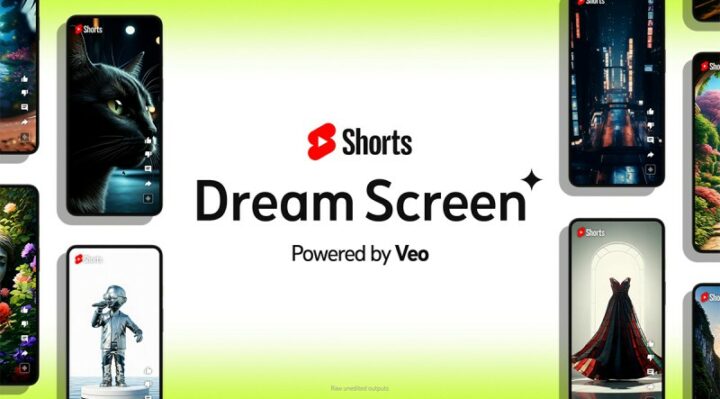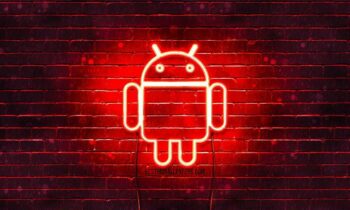
On Wednesday, YouTube revealed artificial intelligence tools for its Shorts platform, which leverage Google’s DeepMind video production model for artists.
The Veo capabilities will let producers create stand-alone, six-second video snippets with written prompts and incorporate AI-generated backgrounds into their videos. Neal Mohan, the CEO of YouTube, expressed his expectation that Veo will let producers use AI to make more Shorts videos.
Speaking at the Made on YouTube event in New York, Mohan stated, “Everything that we showed with AI was meant to really enhance the work that you do, make it faster, more efficient, to bring your creative ideas to life faster.”
The Veo AI backdrops are an improvement on Dream Screen, a related AI-generation capability that YouTube announced in 2023. According to the company, the six-second AI clips will be made available in 2025, while the Veo AI background function will launch later this year.
New tools in the YouTube Studio app that will let creators use AI to create titles, thumbnails, and video ideas were among the other announcements made during the event. According to YouTube, the features will launch in late 2024.
Several approaches of utilizing generative AI technology have been investigated by creators. With the help of this new technology, creators may now create videos that are fully AI-generated or include snippets into existing ones.
Nevertheless, some YouTubers voiced worries about their videos being utilized as training data for the AI algorithms that created Veo.
Thomas Simons, a comedian with over 15 million YouTube subscribers, stated, “I don’t know how I feel about all this AI stuff.” “It doesn’t fill me with confidence and love.”
Some platforms, like Facebook, have come under fire for being overtaken by spammy, AI-generated content. AI-generated content raises further worries about potential intellectual property rights violations.
The business stated that YouTube’s artificial intelligence-generated material will be identified as such by a label and a watermark.
Because generative AI gives creators unrestricted access to tools used by big language models, it offers a new viewpoint on the creator economy.
According to Mohan, we “really sit at the nexus of that technology and creativity.” “Putting those two things together gives us this unique lens that everything we build is really about enhancing that human creativity.”


